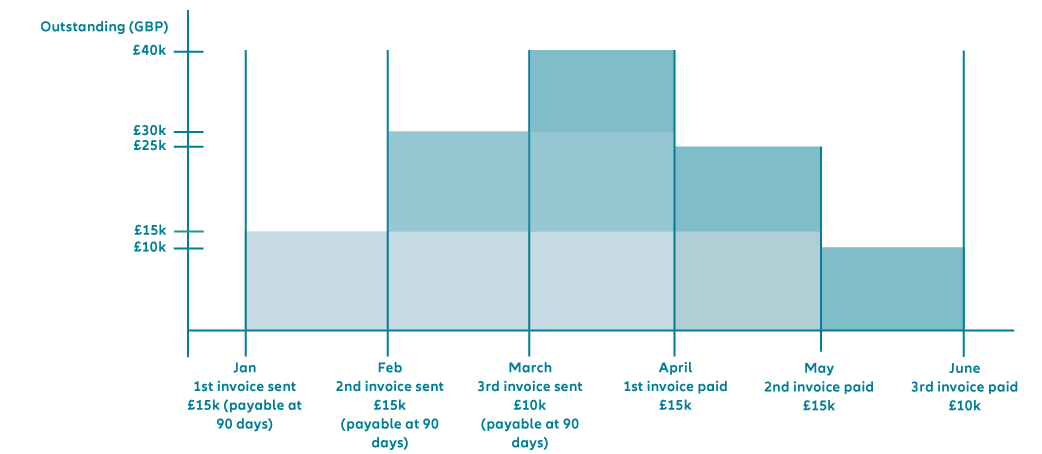1. Credit opinion
A Credit Intelligence Opinion (CIO) enables you to be covered for trade at a level below your Discretionary Limit. With this credit opinion, we will provide an assessment on your customer’s creditworthiness in the form of an amount of cover. You may request opinions on your domestic customers and on customers in 22 export markets: Australia, Austria, Belgium, Canada, Czech Republic, Denmark, Finland, France (including DOM TOM), Germany, Greece, Italy, Luxembourg, Morocco, Netherlands, New Zealand, Norway, Portugal, Slovak Republic, Spain, Sweden, Switzerland and USA.
CIOs are valid for 12 months provided you haven’t had your Discretionary Limit withdrawn and include a free positive monitoring service. This means that if we can increase cover, we will notify you automatically.
To request a CIO, log in to our online portal , identify your customers and we will tell you the maximum value we can insure.
Note this service incurs a fee, please check your Policy.
You can also refer to our Credit Intelligence Services Terms and Conditions of Business for more information.
Example: ABC Ltd
You’re just starting to trade with ABC Ltd so you’d like to have a credit opinion before confirming the first order. You go online and ask for a CIO. Our answer will come instantly (in most cases). In this example: £7k. Now you know you’re able to trade with ABC Ltd up to £7k and be covered up to that amount.











